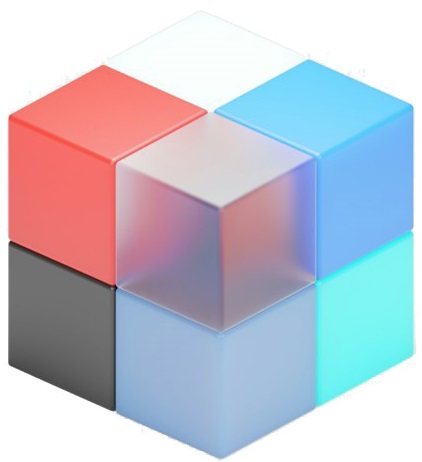"Multi-tenancy as it relates to Digital Asset Management refers to multiple stakeholders [clients, departments, brands] using a single DAM system. Unlike the separation of users via groups or roles, multi-tenancy affords each tenant (or stakeholder) its own virtual partition of a single instance of the DAM software."
- The DAM Glossary

A bona fide multi-tenant DAM possesses the capability to establish virtual barriers between each tenant, ensuring that resources developed by or designated for a particular tenant remain inaccessible to others. These resources encompass digital assets, users and roles, metadata schemas, workflows, audit trails, branding, and all other configurations found in individual DAM systems.
Benefits: Unlocking Potential Advantages
1. Enhanced client service: Empower multiple customers to log in to your DAM, each with their personalized, white-labeled login and individual DAM setup. This grants clients self-service portals for round-the-clock access to their needed resources. Particularly beneficial for companies generating digital assets for clients, this approach offers a tailored experience—making it seem like the system is exclusively theirs. All configurations, including workflows, data layouts, keyword dictionaries, users, and permissions, are unique to each tenant, fostering the perception of a dedicated DAM system for each customer. Clients even have their own specific URL.
One client of DBGallery's designs and constructs elaborate top-tier retail spaces for their handful of luxury retailers. Those retailers each login to see the status of projects, the design drawings, and images of finished stores to use in promotional efforts. They appreciate how their logins look like everything is there just for them.
2. Cost Efficiency: Sometimes multiple departments, divisions or subsidiaries require their own digital asset management system. They require their own set of users and permissions and store their own type of digital assets. A multi-tenant DAM system means your company purchases only one system.
3. Maintenance and support: For on-premise implementations, a multi-tenant system means just one system for your overworked IT department to maintain and upgrade. Operating a single instance of the DAM system simplifies software updates, hardware upgrades, and maintenance tasks. This holds true if you are a DAM cloud provider; perhaps even more so given the ease of upgrading all customers at once.
Potential Uses
There are three core business areas where multi-tenant capabilities offers big value.
1. A separate tenant for each department, division, or subsidiary.
Use isolated DAM configurations and content to reduce confusion, while reducing purchase and maintenance costs. Why mix marketing material with design drawings or legal documents? Having completely different asset types for completely different usages and users that will never intersect. In addition, data layout and custom fields would be different, as well as each of their workflows, and the myriad of other DAM configurations important to each business unit. Managing it within one tenant can be both confusing and challenging. A multi-tenant system is ideal for this common company scenario.
2. Each clients gets their own DAM system
As mentioned in the benefits section above, provide a bespoke feel for each of your clients, from branding to specific DAM configurations. Each client thinks you've implemented a DAM just for them!
3. Host your very own digital asset management to resell to your customers.
As is likely obvious at this point, each customer being re-sold to would be a tenant. Sell to your existing customers or to entirely new ones. It could also be sold to multiple generic public clients, clients in a specific industry that is being targetted, such as engineering or non-profit. This also holds true or for companies which offer other services, such as a data center or consulting company, where a single multi-tenant DAM is sold as an extra service for their many customers.
Right for your Company?
Multi-tenancy is a concept many DAM users and administrators don't even know exists. Some have heard the term but never knew precicely what it was, what the benefits are, or where it can be used. With that covered here, the hope is that more folks now have enough knowledge to decide whether it is something that could hold huge value for your company.
Already using DBGallery and would like to know more about setting this up? Contact support at support@dbgallery.com. For others with questions or looking for a full demo of a true multi-tenant system, reach out to sales@dbgallery.com.